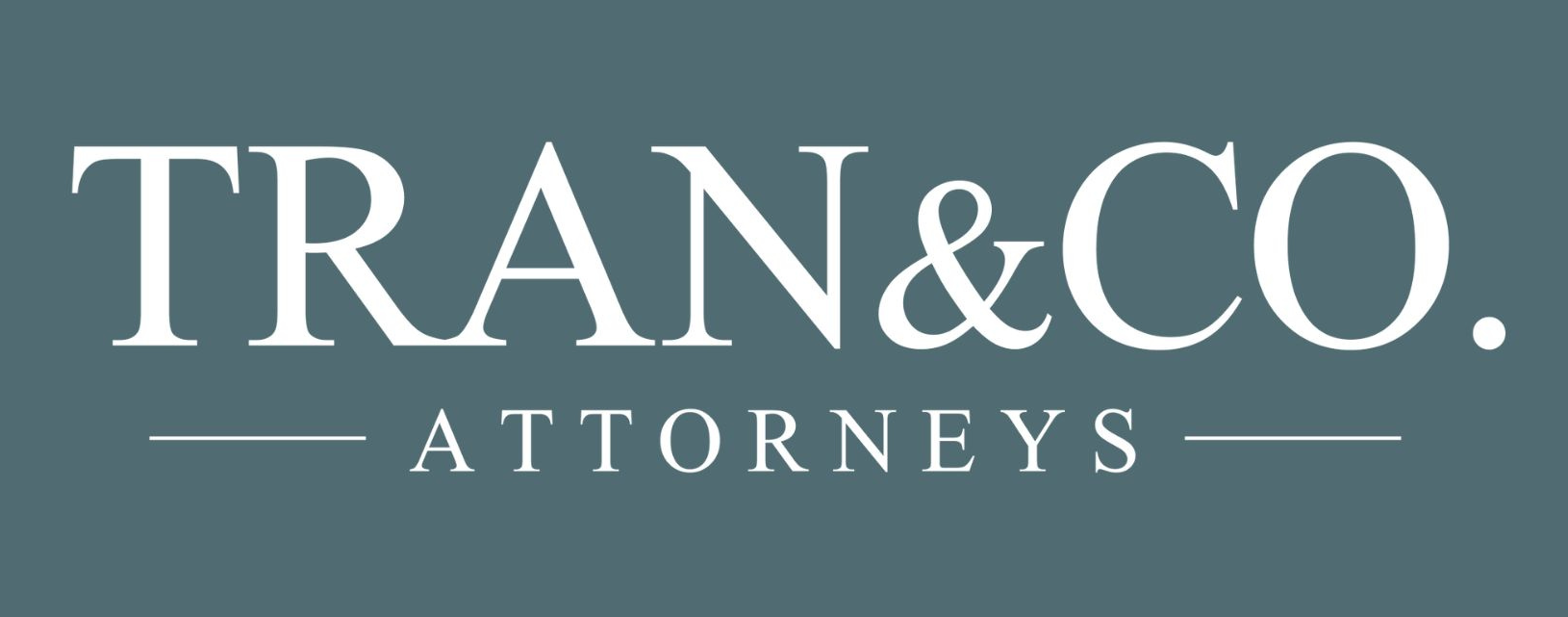Compliance Controltancy Firm TrandCo. : Corporate risk management
In Vietnam’s evolving regulatory landscape, from data protection to labor and investment laws, businesses face mounting compliance challenges. Many, especially Foreign-Invested Enterprises (FIEs), only uncover risks when audits or disputes arise. As a leading compliance consultancy firm TranandCo. helps organizations view compliance not as paperwork, but as a strategic safeguard for sustainable growth. This article explores why compliance matters and how to build an effective compliance system.
1. What is compliance consultancy?
In an era of tightening regulations, compliance consultancy firm TraandCo. serves as the foundation for ensuring that every business activity aligns with legal and ethical standards. More than a checklist, it is a continuous process that safeguards an organization’s integrity, reputation, and long-term resilience.
1.1. Definition
Compliance consultancy is a comprehensive system of processes, policies, and oversight mechanisms designed to ensure that an enterprise and all its personnel adhere to two distinct regulatory frameworks:
- Legal regulations: All laws, decrees, circulars, and legal standards issued by state agencies (e.g., Law on Enterprises, Labor Code, tax laws).
- Internal rules: The policies, charters, internal regulations, employee handbooks, and codes of conduct established by the enterprise itself.
Simply put, it is a proactive mechanism to “identify, prevent, detect, and resolve” violations, rather than reactively fixing problems after they occur.

1.2. Distinguishing compliance control and internal control
Many businesses mistake these two concepts.
- Internal Control: This has a broader scope, encompassing three main objectives: (1) Operational efficiency, (2) Integrity of financial reporting, and (3) Compliance with laws. It answers the question: “Is the business operating efficiently and properly?”
- Compliance Control: This is a critical component of internal control but focuses exclusively on the third objective: ensuring adherence to laws and regulations. It answers the question: “Is the business acting lawfully?”
2. Why is compliance consultancy essential for businesses?
A weak compliance consultancy system is not merely a governance weakness; it is a direct threat to the enterprise’s survival.
2.1 Mitigating legal and financial risks
This is the most evident benefit. Proactive compliance helps businesses avoid severe sanctions, such as:
- Administrative penalties (with escalating fines).
- Tax arrears and late payment interest.
- Suspension of business operations.
- Criminal liability for management (in serious cases).
Furthermore, it prevents internal risks such as fraud, conflicts of interest, or lax procedures that lead to financial leakage.
2.2 Enhancing reputation and building trust
In an era of transparency, “reputation” is an asset. An enterprise that operates with integrity and legal transparency builds solid trust with:
- Investors and Shareholders: They are assured their capital is managed responsibly and securely.
- Partners and Customers: They trust in the company’s stability and long-term commitment.
- Regulatory Authorities: A “clean record” facilitates smoother administrative procedures.
This is a key competitive advantage when the business seeks to raise capital, conduct M&A, or prepare for an IPO.
2.3 Optimizing operational efficiency
Compliance consultancy is not a barrier; it is a catalyst for efficiency. When processes (e.g., payment approvals, contract execution) are clearly standardized, employees know exactly what to do and do it right the first time. This allows leadership to make swift decisions based on reliable data, rather than constantly managing crises arising from operational errors.
3. Core components of corporate compliance control
The scope of compliance covers all business activities but can be grouped into two main areas:
3.1 Legal compliance (External)
This involves ensuring adherence to the entire legal framework related to the company’s operations. Key areas include:
- Corporate & Investment: Ensuring all legal records, licenses, charters, and board resolutions are accurate and updated, especially during changes in management or capital structure.
- Labor: Managing labor contracts, salary scales, social insurance, and particularly the complex procedures for work permits and visas for foreign experts.
- Tax & Accounting: Accurate and timely tax declaration and payment, and strict management of invoices and vouchers.
- Contracts: Ensuring agreements with third parties (suppliers, customers) are robust, legally enforceable, and protect the company’s interests.
- Specialized Regulations: Depending on the sector, businesses must also comply with rules on data protection, environment, advertising, competition, intellectual property, etc.

3.2 Internal compliance (Internal)
This ensures that employees and management adhere to the “rules” set by the company itself, including:
- The company charter and resolutions of the Board of Directors/Members’ Council.
- Approval processes (e.g., for finance, procurement).
- Codes of ethics, business conduct, anti-bribery, and conflict of interest policies.
- Internal labor regulations and employee handbooks.
4. 5 Steps to build an effective compliance consultancy system
Building a compliance consultancy system is not a one-time project; it is a continuous improvement cycle (PDCA – Plan, Do, Check, Act).
Step 1: Identify and assess risks (Plan)
It is impossible to control everything. The enterprise must first conduct “risk mapping”: Which areas carry the highest legal risk? (e.g., for FIEs, often foreign labor and tax; for manufacturing, environment). Assess the severity and likelihood of each risk.
Step 2: Design control policies and procedures (Do)
Based on the risk map, the business builds or standardizes its internal documentation. These policies must be clear, concise, practical, and accessible to all employees.
Step 3: Implement and conduct awareness training (Do)
Policies are merely paper if not communicated. The company must conduct regular training to ensure every employee—from top executives to new hires—understands their role and responsibilities in compliance.
Step 4: Monitor, audit, and report (Check)
Establish mechanisms for regular (or ad-hoc) compliance monitoring and audits to detect violations. Concurrently, a safe reporting channel (e.g., hotline, email) is needed so employees can report violations without fear of reprisal.
Step 5: Continuously improve and update (Act)
The legal and business environments are always changing. The compliance system must be “living”—constantly reviewed, updated, and improved to address new risks.
5. Challenges of Self-implementation
Hana Tran, Founder & Managing Partner of Tran & Co., shares from her experience working with international investors: “Companies often discover compliance gaps… at a critical moment.” Common challenges include:
- Lack of updated expertise: Vietnam’s legal system changes rapidly. Businesses (especially SMEs and FIEs) often lack specialized in-house legal resources to track and apply these changes promptly.
- Lack of objectivity: When internal departments audit themselves (e.g., HR checking labor compliance), objectivity is often missing, leading to overlooked or concealed issues.
- Remote management: For owners or senior managers not residing in Vietnam, the absence of a robust control system creates significant risks in governance and asset loss.
- Specific gaps: Frequently overlooked issues include: charters not updated after management changes, expired work permits, non-enforceable contractual agreements, and lax internal approval processes.
6. Solutions from compliance consultancy firm TranandCo
Understanding these challenges, Tran & Co. acts not just as legal counsel, but as a strategic partner accompanying businesses to protect their interests and anticipate risks. As a premier compliance consultancy firm, we provide a comprehensive, structured solution to deliver peace of mind to leadership:
- Corporate governance audit: Reviewing all charters, board resolutions, and governance documents to ensure validity and timely updates.
- Compliance & risk mapping: Identifying and prioritizing key legal risks across labor, tax, investment, and contractual matters.
- Labor & visa compliance review: Ensuring the validity of all labor records, especially work permits and visas for foreign experts.
- Contract & policy standardization: Drafting, reviewing, and standardizing contract templates and internal procedures to minimize dispute risks.
- Legal retainer services: Providing continuous legal support, allowing clients to seek advice at any time to resolve issues as they arise.
Our philosophy is: Legal clarity and robust governance are the foundation of sustainable success.
7. Conclusion
Compliance consultancy is no longer optional; it’s essential for sustainable growth in Vietnam. A strong compliance system protects businesses from risks while building trust and competitiveness. As a leading compliance consultancy firm TranandCo. helps enterprises establish proactive compliance frameworks. Contact Tran & Co. Attorneys today for a tailored governance and risk control plan.
Contact information:
- Address: 34th Floor, Landmark 81, 720A Dien Bien Phu Street, Ho Chi Minh City, Vietnam.
- Hotline: +84 765 888 168
- Email: info@tranandcolaw.com
- Facebook: Tran & Co. Attorneys
- LinkedIn: Tran & Co. Attorneys
